Sitting in his crowded apartment with his dog Chico, Nikos Economopoulos – Greece’s pre-eminent photographer, a full member of the Magnum agency since 1994 – tells me he has one career ambition left. He doesn’t care for conceptual photography nor shoot ‘reality’ in a conventional sense. At 69, he’s burly and wears his greying hair in a bun.
“The only thing I want from photography now is to go on photographing for the rest of my life; that’s my goal. It’s not difficult; I mean, it depends on what you’re looking for. If you don’t want to become famous or make a lot of money, when you’re free, you can do a lot of things. I’m very happy that I can do this.”
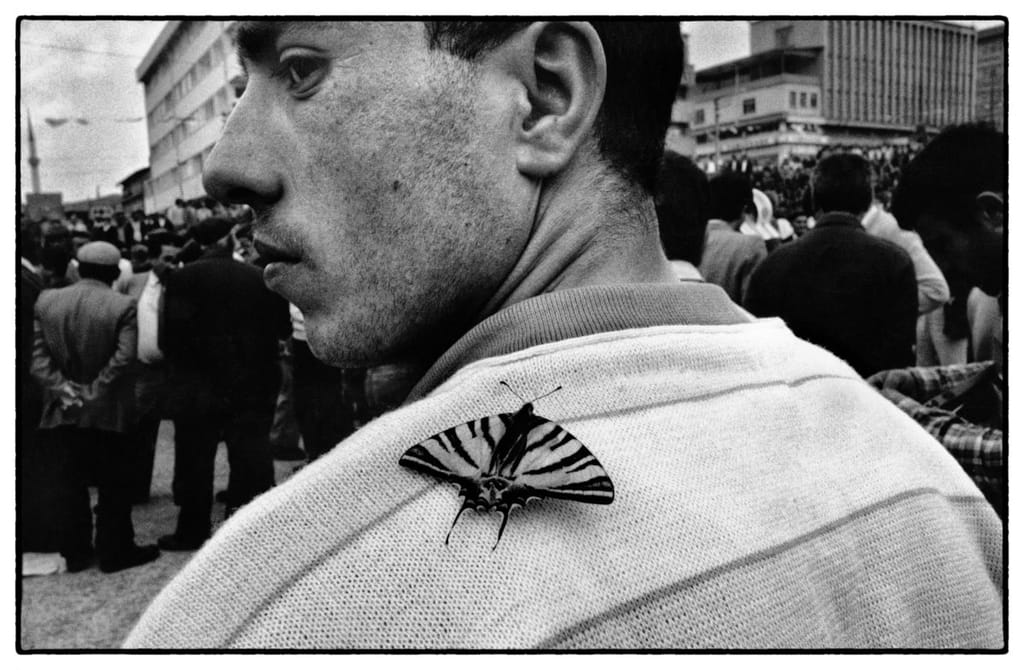
For more than 40 years, photography has shaped his life and how he sees the world, and chance encounters have played their part. “In 1977, when I was a young journalist, I picked up a book of about 40 pictures by Cartier-Bresson. And that became my new window on the world.” He began photographing the streets of Athens in his free time. “I used an M4 Leica with 35mm lens, the perfect combination.” A major push came in a village in northern Greece when he encountered Czech photographer Josef Koudelka; they became close friends. “From the beginning, Koudelka’s critiques of my prints were very important.”
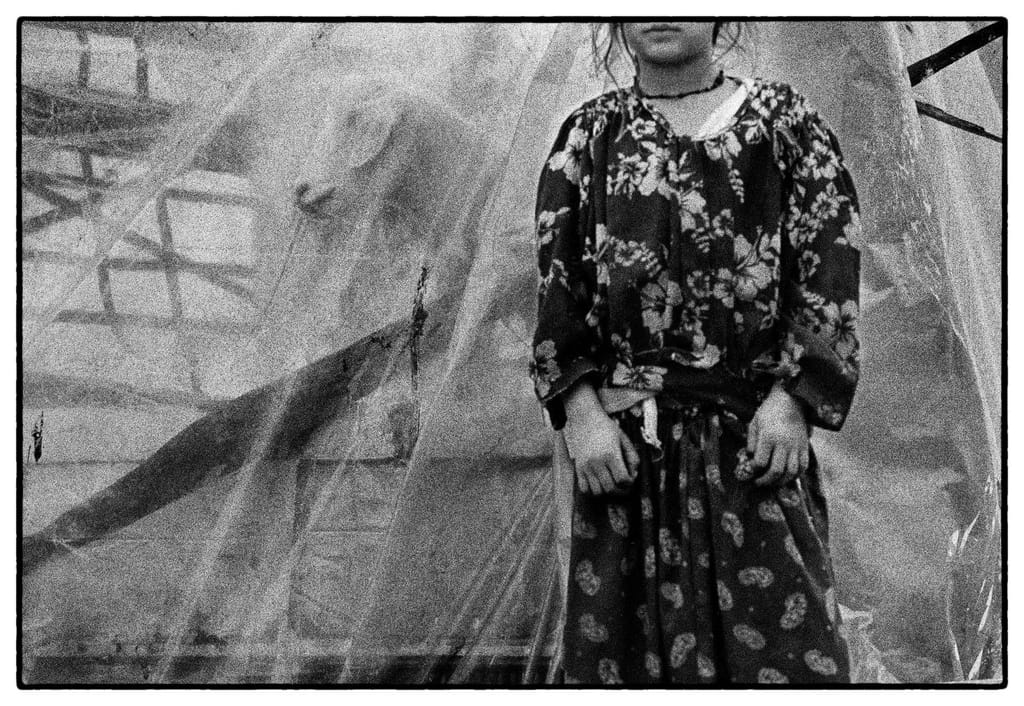
In 1987, Economopoulos quit work and began travelling alone – “by car, by camper, by motorcycle” – across Turkey. “It was still very primitive, but it was nice getting around alone.” Gradually he developed what would become his trademark style of peasant life in the Balkans in black-and-white, marked by often strange juxtapositions of forms. “I never thought about creating a style; I just reacted to what I saw. But slowly, I tried to understand it…”
“And have you found the answer?” I ask.
“I found part of the answer. The full answer, I don’t think it’s possible to find. For me, what’s important in photography is to follow your instinct. You know, I’m not a thinking photographer. I follow my instincts not only in terms of content but even in composition.”
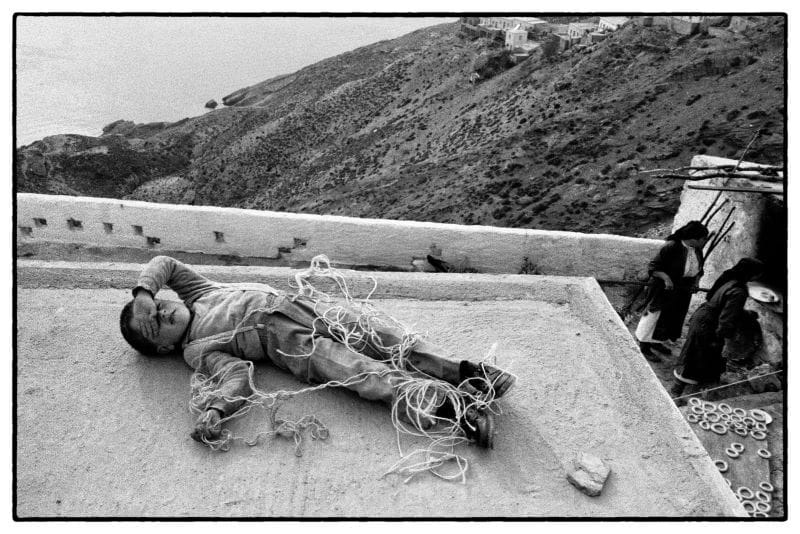
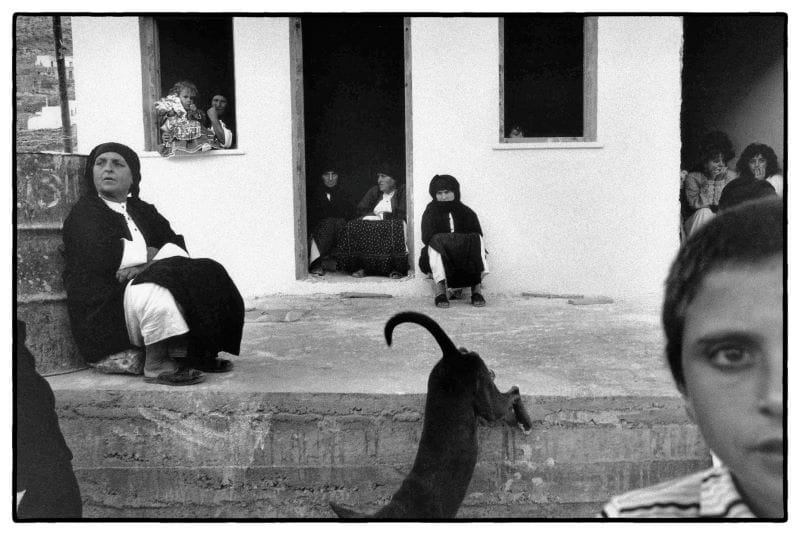
“This, for example.” He shows me a print of some villagers and a dog’s tail. “When I saw it, I amazed myself; I said, ‘Fuck, what’s this?’ Because it’s a completely wrong picture. It’s in Karpathos, Greece, I noticed these people watching a dance and saw the dog and decided I didn’t want the dog’s whole face, because all attention would go to the face. So I waited until I got his head out of the picture – a very radical thing to do in 1988! It’s not the ‘correct’ place to put a dog, but if you put the dog in the middle, it becomes very conventional. And it’s this small or big mistake that makes me excited.” He laughs. “It’s interesting to find these kinds of things, you know.”
“And this became a signature of your style?”
“In a way, yes. But not only that. Also, what I’m looking for is about not staying in the reality, which is boring to me, but going beyond reality. A kind of surrealism can be a part of the solution. What’s important for me is not to photograph reality. That’s my approach, not to think much and just follow my instincts. I found I was very happy trying to transform reality and turn it into a lie. It’s not really what I saw, it’s correcting reality in a way, it’s a game I play with reality. It’s a different option from what you see.”
The career turning point came in 1988 when he met the Magnum photographer Constantine Manos in Athens. “And Costa said, when you’ve finished your project on Greece and Turkey, send it to me. So, I sent him my prints, and he was so excited, he proposed me to Magnum.”
Unlike others, Economopoulos didn’t embrace the global opportunities that Magnum membership offered. “My English then was not very good; my French was zero. I’d just had my son in 1990 here in Greece, so I decided to work from Athens. I’m still happy that I stayed here, even if I didn’t become as well known or make as much money. That’s not very important to me. What matters is that I get the money I want and that I’m very happy with my life.”
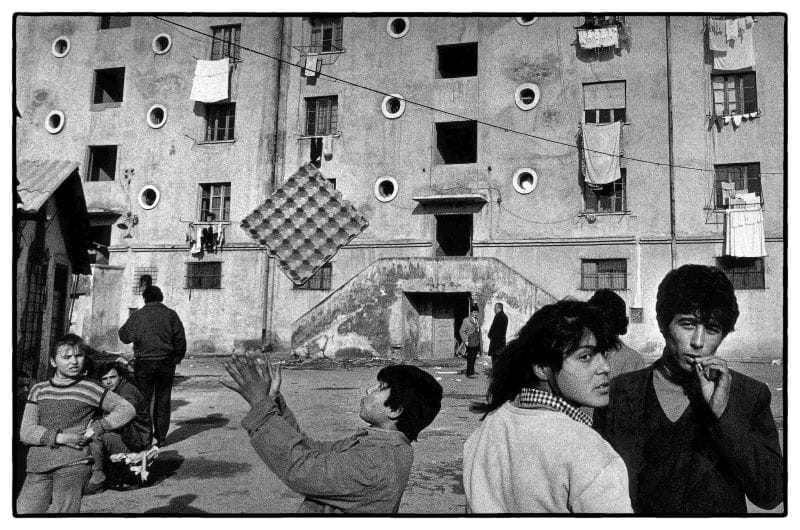
He doesn’t take what could be lucrative assignments. “Never,” he says firmly. “I don’t like assignments.” Instead, he conducts his regular ‘On the Road’ courses in Greece, Turkey, Mexico, and Cuba. “I meet with the students in the evenings, and I do my own stuff during the day. In some ways, I don’t feel like a professional photographer. I’ve lived from photography now for many years, but like a kind of amateur because I get my money in other ways.”
What secured his high reputation was the endless chaos of the Balkans. “When I went there in 1990, I was photographing in a way that wasn’t journalistic, which was good because everyone else was doing the news story.” The result was a book of 72 now-iconic images, ‘In the Balkans’. (Currently out of print, but Economopoulos is planning an expanded version.) The photos speak not only of village life but also of conflicts and borders, migration and displacement, and nationalism – all seen through his unique compositional eye. The impact, we agree, is less surreal than paradoxical.
“The way they look at history in the Balkans, at each other and themselves, well, there’s this special paradox. They don’t react in the way that Western civilisations are supposed to do. In the Balkans, there are paradoxes everywhere – in political choices, in personal choices, in family choices. And that was good for me because you can find this paradox in my pictures. It’s how I see the world too.”
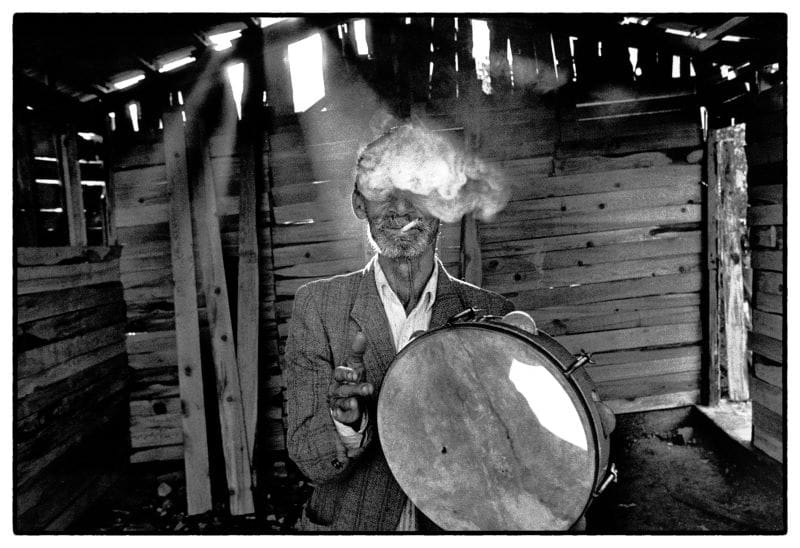
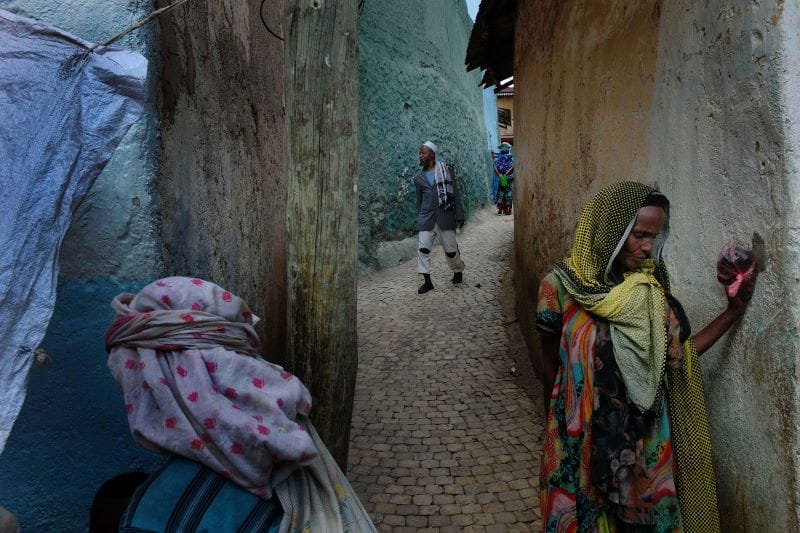
In recent years, the big shift has been from monochrome to colour. “Ten years ago, I changed my idea of photography completely. I’d never done colour before, it was too complicated. Then I bought a digital Leica M9, and moved to colour.” (Now he’s using an M10 with the 35 mm Summicron. “No other lenses, always the 35mm.”)
“With black-and-white, I was sure of what I was doing. It was easy for me to produce good pictures. So, I decided I needed something else, something new. To put some colour in my life. I think it was something like that, not so serious. Just the emotion of doing something else. And maybe make mistakes and try to correct them…”
Wrapping up, I ask if he thinks his work has impacted society.
“Sometimes I meet people who tell me how a certain photograph of mine has been very important to them, that it changed their life. I never ask why, because maybe they can’t even answer that. Probably they experienced a new way to see the world, to see reality – the same way I saw the world differently through the photographs of Cartier-Bresson many years ago. And this is the maximum that I can hope for with my photography. This is the maximum.”
ABOUT THE AUTHOR
Tony Maniaty is a Sydney and Paris-based photographer, author and journalist, academic and reviewer who works across a broad creative canvas. He is the features editor for Head On Interactional.
1 Comments
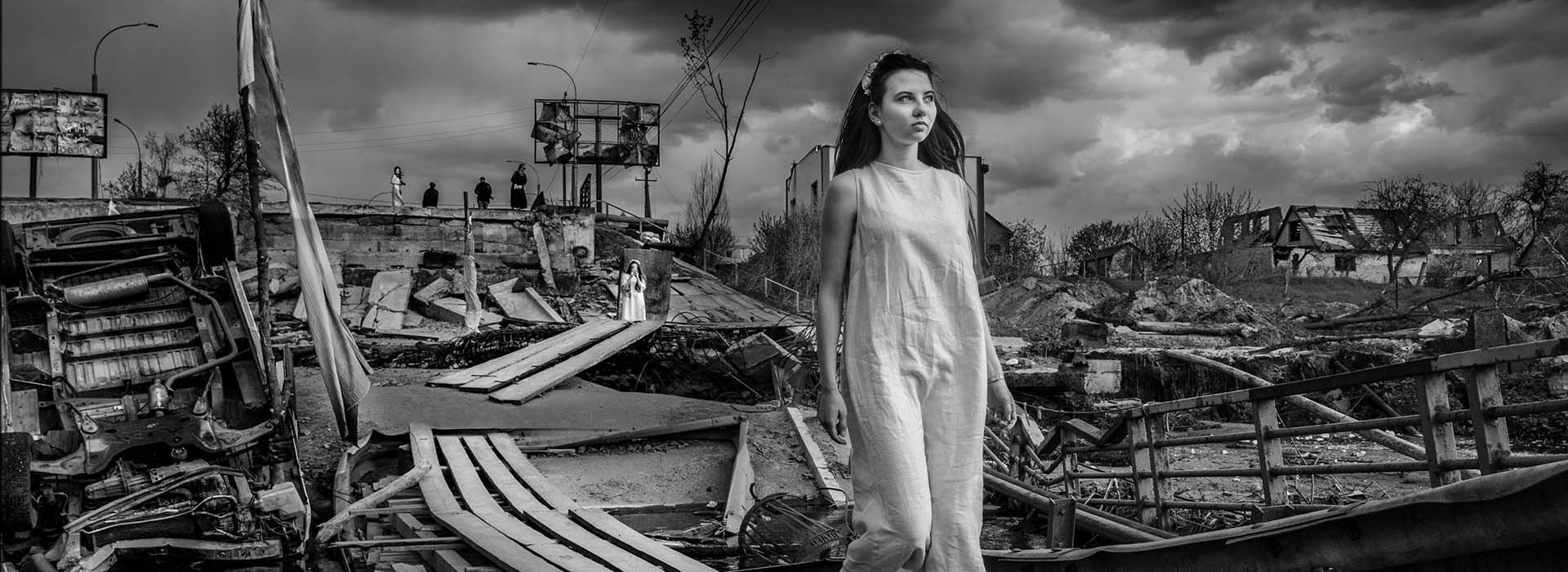









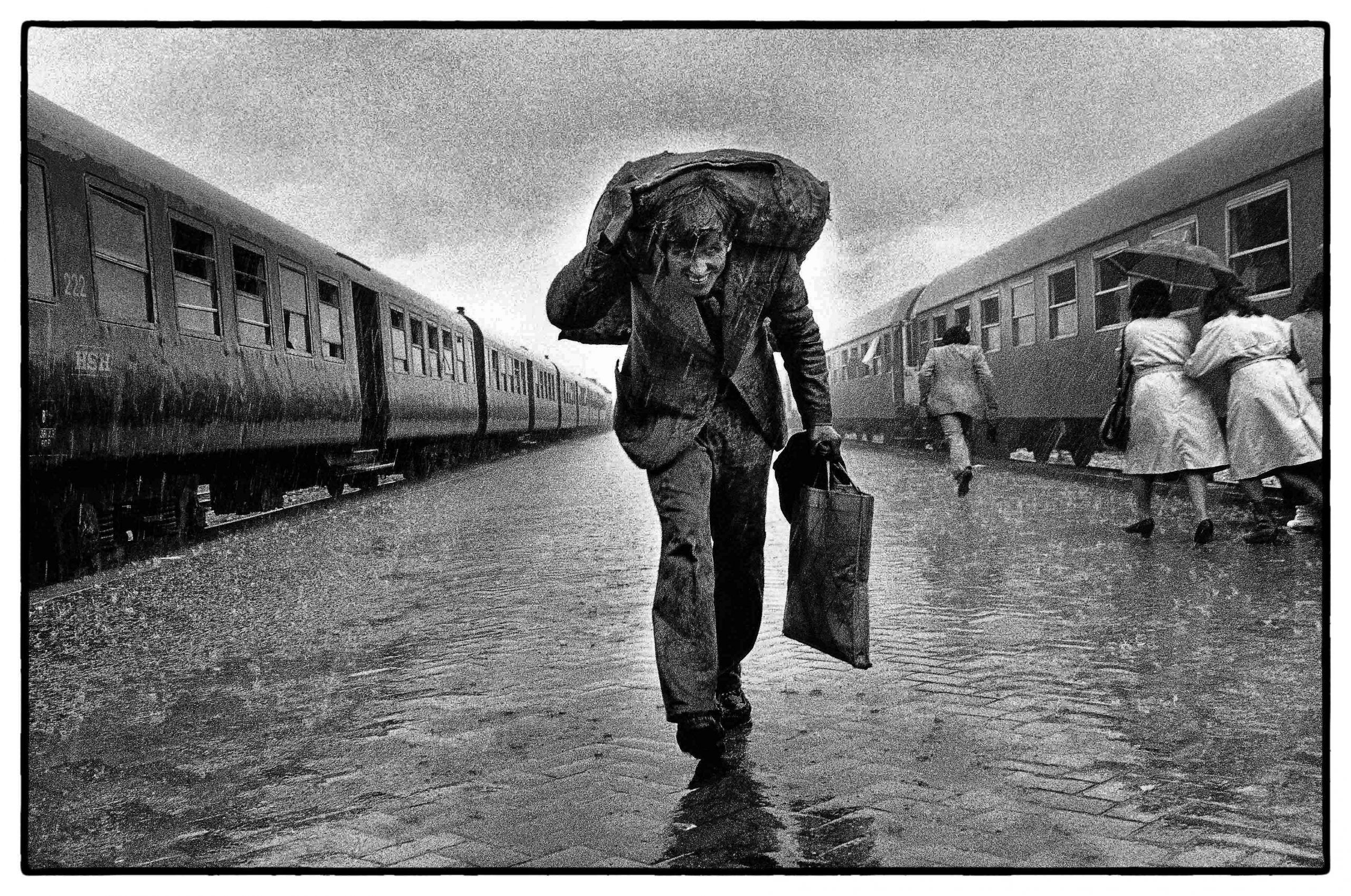
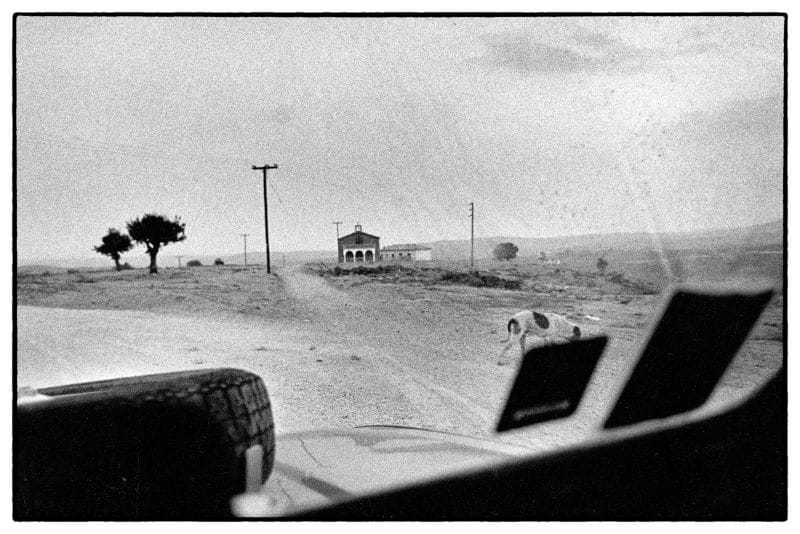
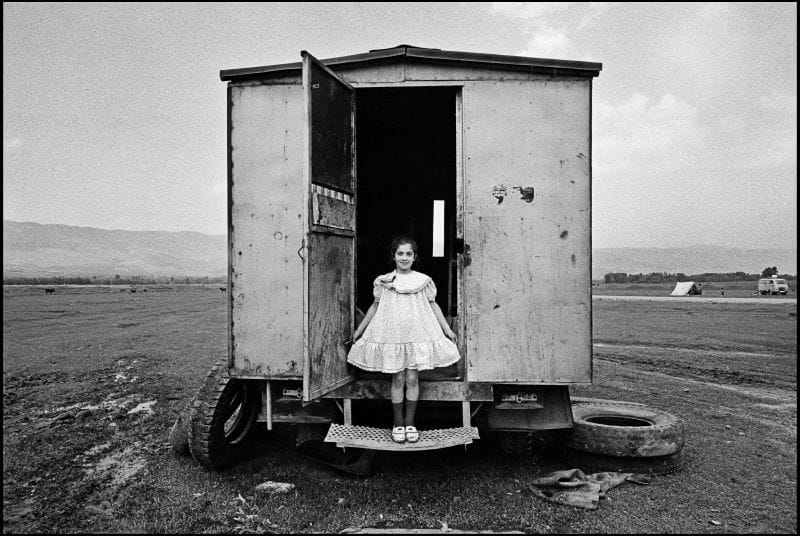
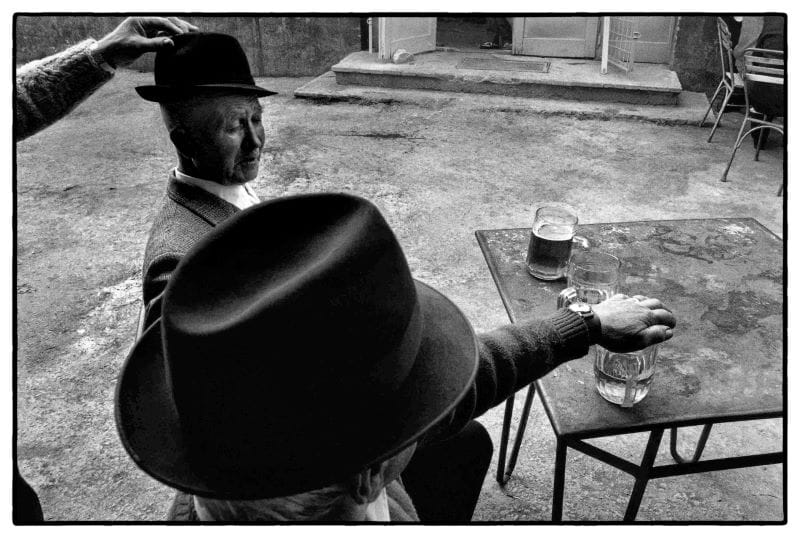
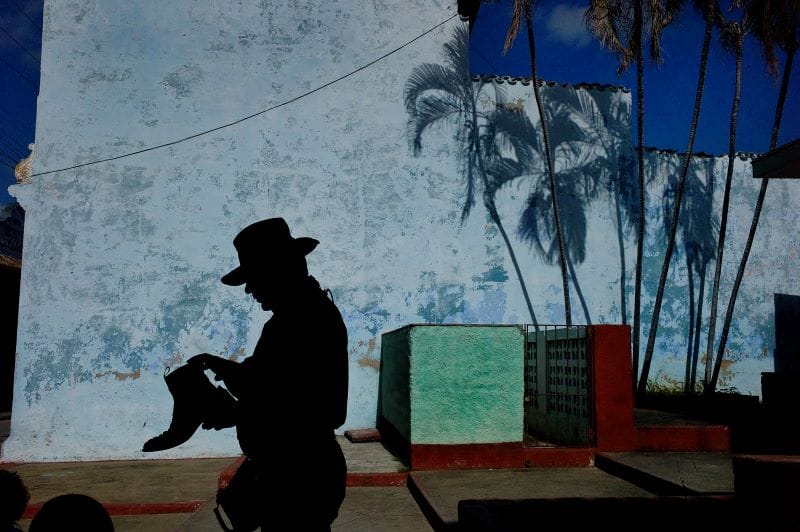
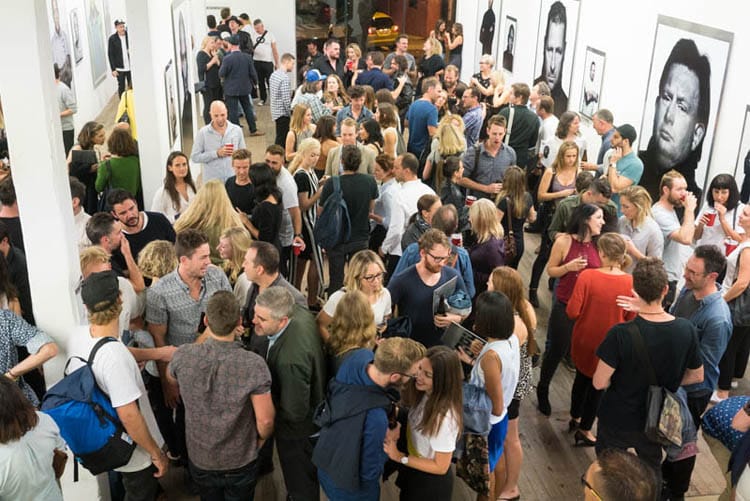
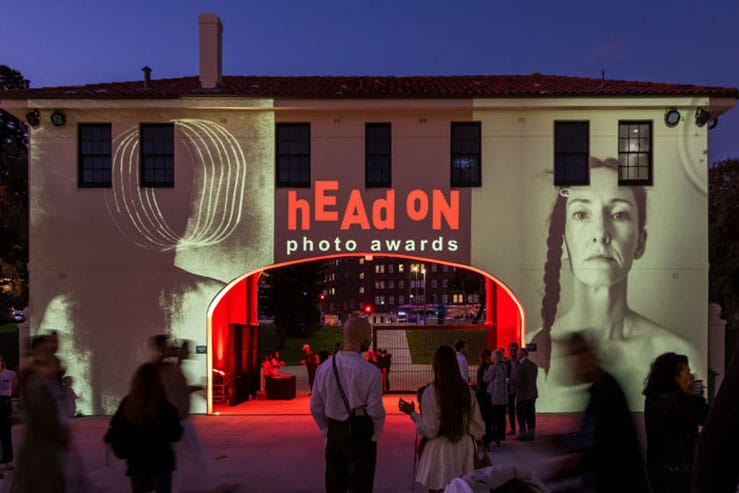
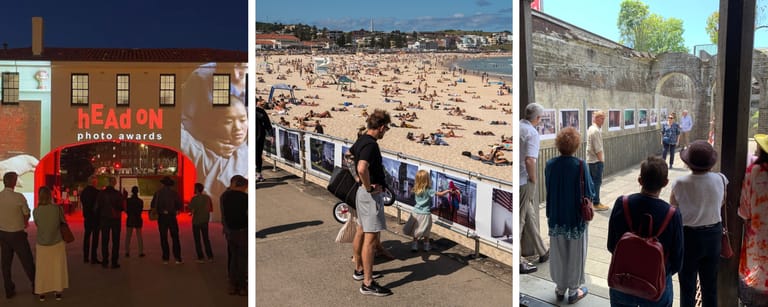
Amazing photographer to profile ! Fantastic words Tony, please post more articles, love this style and layout too!